Content:
Spring is the best time to plant almost any plant. Onion sets are no exception to this rule.
General landing rules
As for the onion, it will not be possible for it to determine the strictly regulated dates of planting in open ground. As a rule, work begins when the earth has time to warm up enough to a depth of at least 6 centimeters. That is why most gardeners, when planning such a procedure as planting onions, are guided, first of all, by the weather.
If the spring is early and warm, you can plant sevok already at the end of April. However, one should not be too late with planting work. You should focus on the temperature of the soil. It should be about +12 degrees.
Another significant point that must be taken into account is the size of the set itself. If the onion planting material is small, sowing can be done early. Such a bulb will tolerate frost without any particular problems.
Larger turnips are usually planted later when the risk of frost is minimal. Choosing the right timing for planting onions significantly increases the chances of getting a large harvest at the end of the season.
Sevok must be prepared before sowing. To do this, the bulbs are heated at a temperature of +25 degrees. Alternatively, the boxes with the seed placed in them are placed in close proximity to the heating device. The bulbs can be placed in a container with hot water for 20 minutes. It is important that the water temperature does not exceed +50 degrees. At the end of the procedure, the bulbs must be doused with cold water. The temperature contrast will harden the seed and prevent the vegetable from forming arrows.
Watering after planting: norms
As a rule, after planting, any plant requires watering. For onions, they should either be planted in well-shed soil or watered abundantly immediately after planting. The need for this is dictated by the high need for nutrients in small bulb roots.
Any varietal onion grows by getting moisture from the soil. If there is not enough water, the plant can significantly slow down or completely stop its growth. So the question of how often to water the onion sets after planting is very relevant.
When watering onions in spring, it is very important not to overdo it. If the plot for growing onions is in a region of high humidity, the crop should be planted in high beds with equipped drainage to prevent stagnation of water. Otherwise, the gardener runs the risk of getting rotten onions infected with fungus.
If planting is carried out in the fall, and it is planned to get several fresh leaves before the frost begins, the garden bed requires especially abundant watering. In addition, compulsory feeding is also required.
When carrying out spring plantings of culture, the question of how to water onion sets immediately after planting is especially important. It is important to maintain the golden mean here: do not leave the soil excessively dry and do not overmoisten. It should be remembered that this spring is not only the period when onions begin to grow, but also the time when bacteria and harmful insects are activated.
On average, watering onions in the open field in the absence of rain should be carried out once a week at the rate of 10 liters of water per sq. m landings. When the plant grows a little, it will need less water, the frequency of watering can be reduced. The onion watering schedule will be easy to follow even for those gardeners who visit their garden plot exclusively on weekends.
Water temperature requirements
For many gardeners who are just starting to plant onions, the question arises whether the warm or cold option of watering onions is the most preferred for the culture. Experienced gardeners insist that a decent harvest of succulent onions with large heads can only be grown in an area equipped with a storage tank for water. It can be an ordinary welded tank installed at the highest point of the site. Water from a well or a column is poured into it and left for several days. During this time, the liquid warms up in the sun and acquires the optimum temperature for watering the onions.
Slightly warmed and settled water is best suited to irrigate almost any garden crop, be it beets, carrots or onions. Warm water will not only improve the growth of heads, but also minimize the risk of contamination of the culture with bacteria and fungal diseases. This is due to the fact that watering with warm water does not stress the onions due to temperature changes.
Dangers of over-watering
If swamps form on the site with onions, the further outcome is quite certain - the plant will begin to rot. In addition, excessive watering creates the most favorable conditions for the reproduction of various microorganisms dangerous to culture. As a result, even if at the end of the season it is possible to collect a certain amount of onions, you should not expect to be able to keep the heads throughout the winter. Within a couple of months after harvesting, the bulbs will begin to actively rot from the root system.
Sprinkler systems are an excellent solution for watering onions. Such equipment can be used not only after planting the crop, but also throughout the growing season.
The main structural element of this kind of systems is the irrigation head mounted in a special installation. During irrigation, when pressure is applied to the pipeline, the rods with nozzles at the ends are extended outward. The height of such a device can vary on average from 5 to 30 centimeters.
Currently, you can find two main types of irrigation sprinkler systems on sale: fan and rotary. For a bow, the desired option is a fan device. Rotary modifications, in turn, are more often used when watering lawns.
Growing recommendations
Knowing how and what to water onions after planting is usually not enough to successfully grow a crop. It is equally important to know the proper procedure for growing.
Planting the onion correctly is essential to ensure that your onion-growing efforts are not wasted. In this case, it does not really matter whether the plant is planted in a house on a windowsill, in a greenhouse or in open ground.
The culture does not tolerate clay soil and high humidity conditions very well. Therefore, you should immediately fertilize the bed with sand or peat. The alkalinity can be increased by adding dolomite flour to the soil.
It should be immediately noted that the organization and location of the beds when planting onions should be given especially close attention. First of all, you should take into account which vegetable grew on the site earlier. If it was garlic, it is highly recommended that you look for another place to plant onions. Cucumbers, potatoes, tomatoes or zucchini are ideal precursors for this crop.
Before placing the seed in the soil, it requires a short (about 20 minutes) soaking in a weak solution of manganese. Horticultural experts recommend cutting the dry tops of the set. This manipulation will speed up the germination of the onion.
The landing time largely depends on the climatic characteristics of a particular region. For the middle lane, the optimal period to start planting is mid-May. Planting later will already reduce the yield. In the same way as the earlier one, it will provoke a weak development of the head (the turnip will grow small).
When the onion grows up, any manipulation with it, including watering, should be done with great care. Onions have quite fragile feathers, and even a slight mechanical effect can lead to their breakage.
The timely removal of weeds from the garden should not be neglected. Their presence contributes to the preservation of moisture on the soil surface, which, in turn, significantly reduces the onion's resistance to the development of various kinds of diseases (primarily fungal). In addition, the onion neck becomes overly juicy, which negatively affects the lightness index of the crop. Onions begin to rot almost immediately.
In a situation where the bow gave arrows, they need to be broken off. And the sooner this procedure is performed, the better. The arrows will take some of the nutrients from the plant as they grow, as a result of which the bulbs will not be able to grow to their normal size.
Despite the large list of recommendations for caring for onions, this crop is very easy to grow. Even the most inexperienced gardener can get a good harvest.

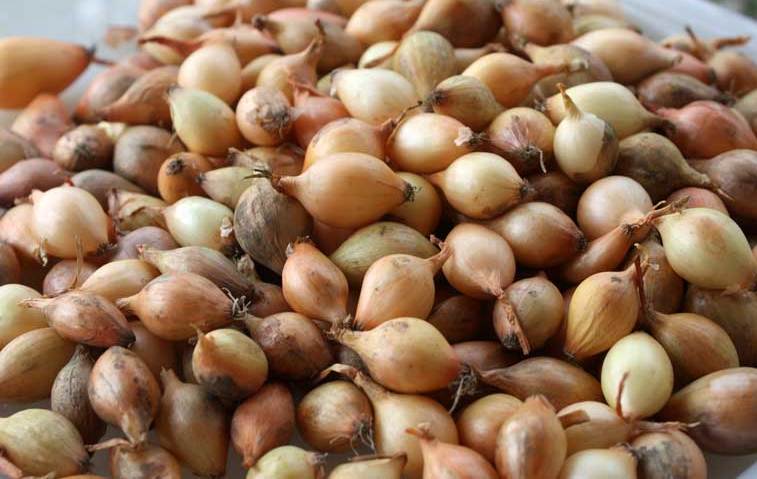
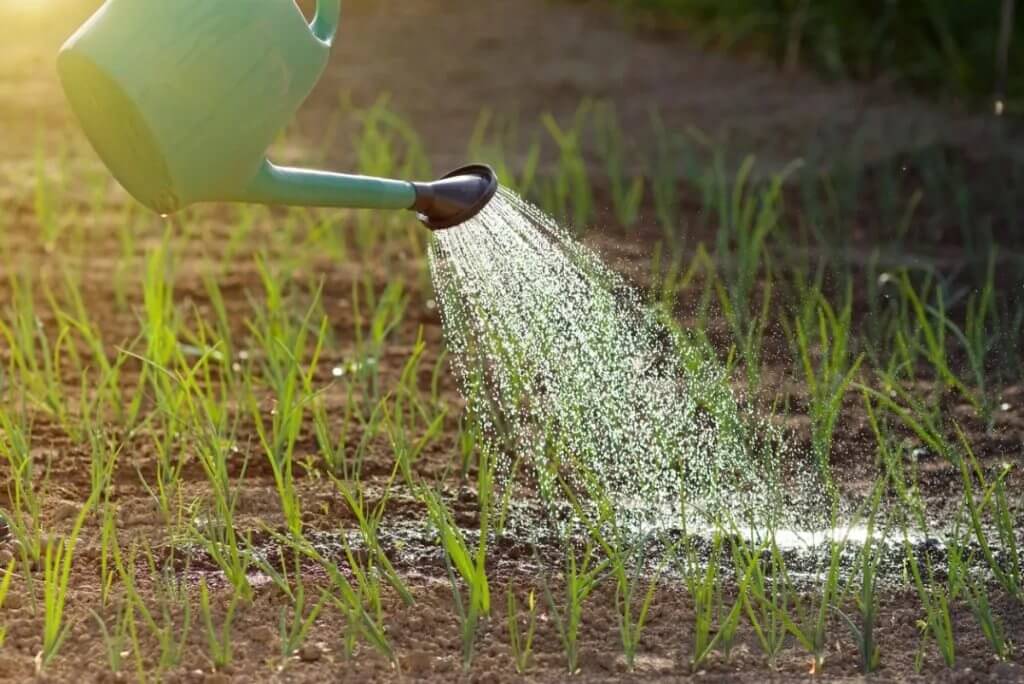
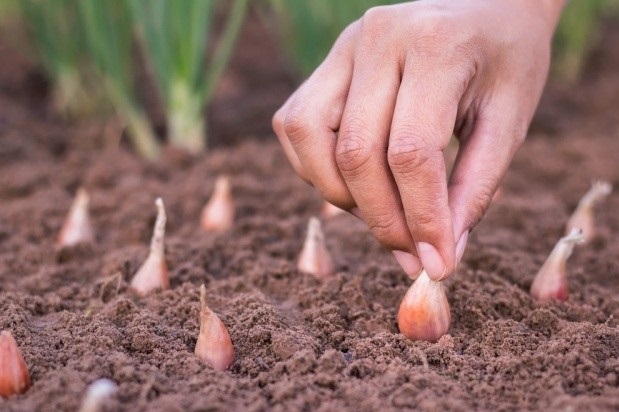
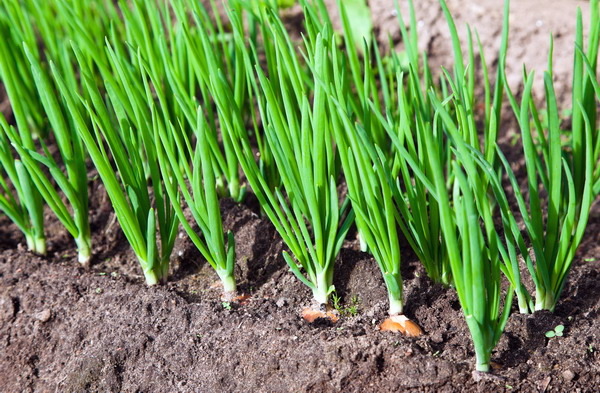

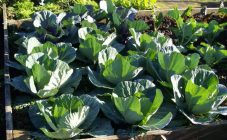


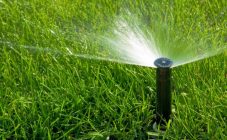
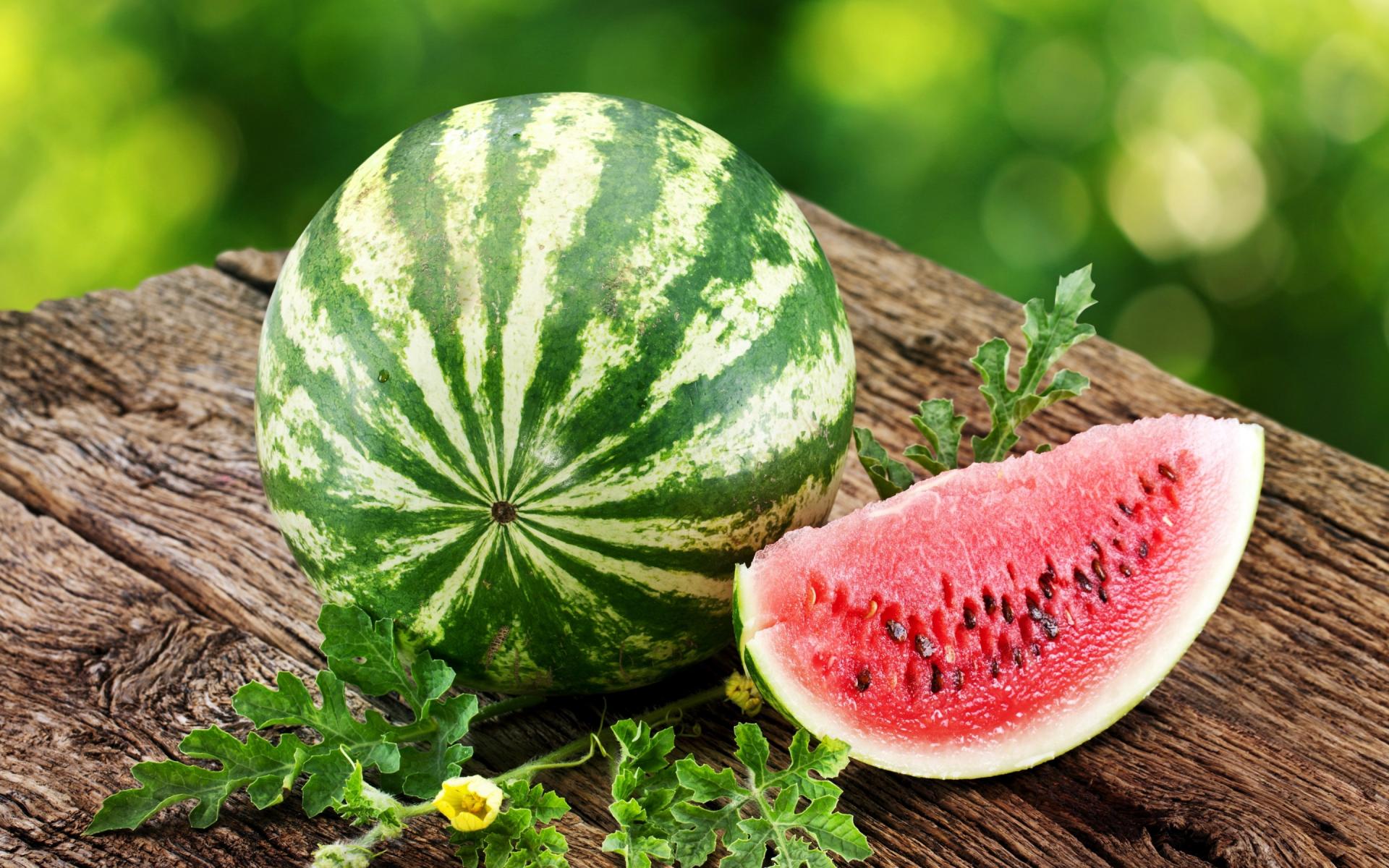







a lot has been written, but there is no answer to the question